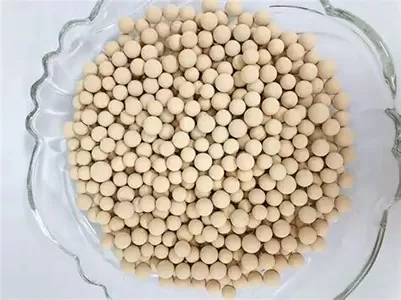molecular sieve-based protein purification, a key technique in biochemistry, operates on size-exclusion chromatography (SEC). The process uses a molecular sieve matrix with well-defined pores, typically composed of cross-linked dextran, agarose, or polyacrylamide, packed into columns as stable packing.

When a protein mixture flows through the column, larger proteins cannot enter the sieve’s pores due to their size, so they travel through the interstitial spaces between packing particles and elute first. In contrast, smaller proteins diffuse into the pores, increasing their path length and causing them to elute later. This size-dependent separation allows precise fractionation of proteins by molecular weight.
The pore size of the molecular sieve is critical—tailored to target proteins, ensuring optimal resolution. For example, sieves with larger pores separate high-molecular-weight proteins, while smaller pores handle low-weight ones. The buffer flow rate also influences separation: slower rates enhance diffusion into pores, improving resolution, while faster rates reduce processing time for less critical separations.
This method preserves protein structure and activity, as it avoids harsh chemical interactions. The molecular sieve’s reusable nature and consistent performance make it a staple in lab and industrial protein purification, from enzyme isolation to antibody production.

